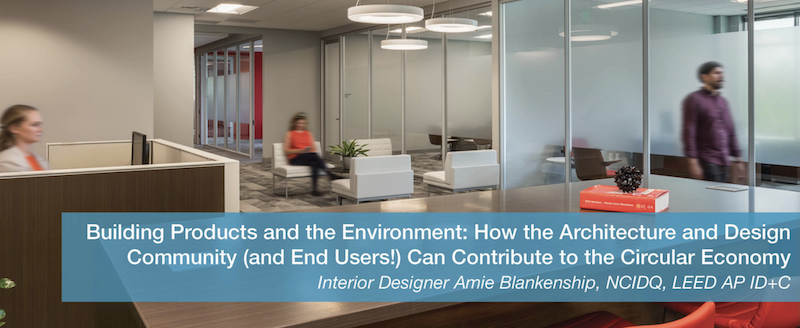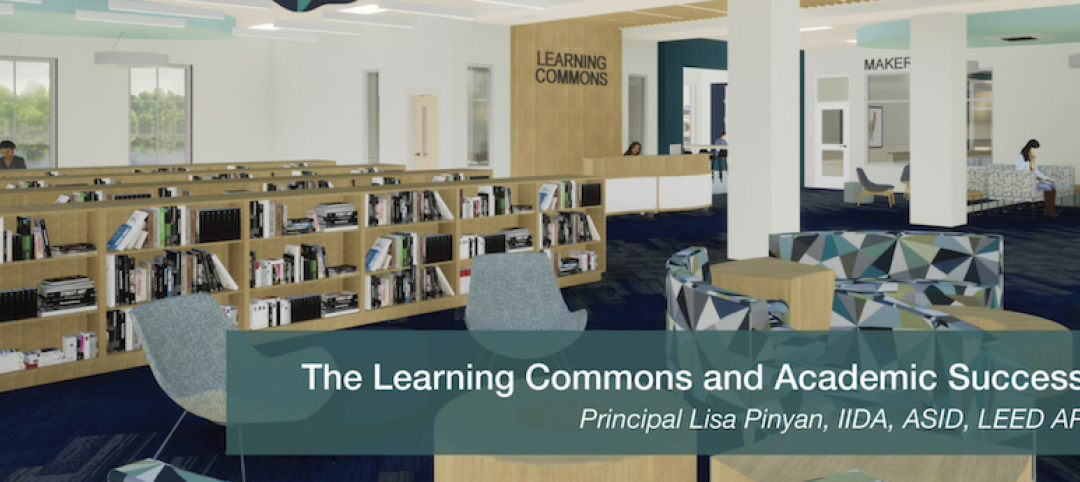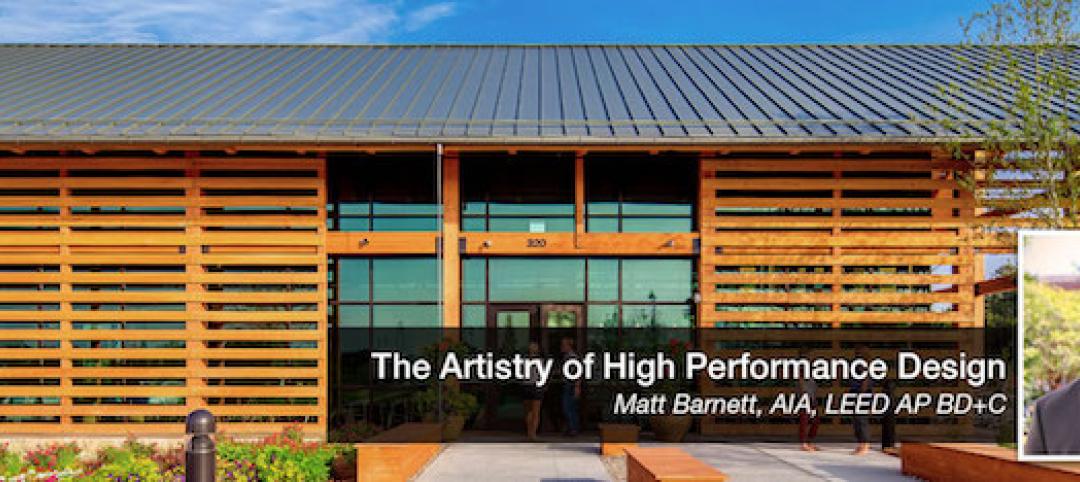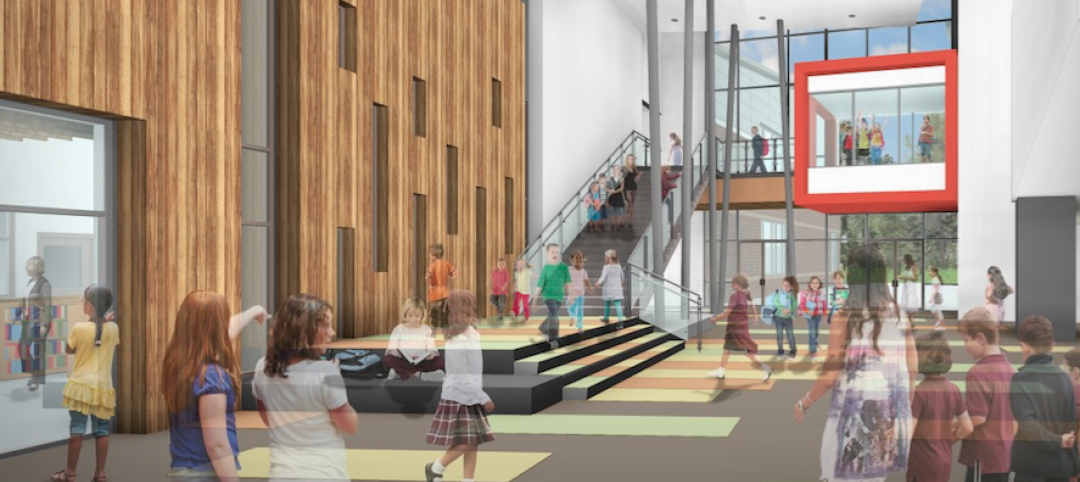In the not-too-distant past, it was common to view materials through a “cradle to grave” lens. Raw materials would be harvested and turned into products, which would then serve a purpose. These products would eventually break, wear out, or go out of style, at which point they would be discarded and never thought of again. The flow of materials was linear, with a starting point and an ending point.
This model may have seemed viable in bygone eras, but the impacts of exponential population growth and a corresponding increase in consumerism, consumption, and waste reveal the limitations of “cradle to grave” thinking. Resources are finite, and waste is outpacing landfill availability. Raw materials can be difficult, expensive, and environmentally damaging to extract, and processing these raw materials requires far more effort and energy than re-using existing components. With these costs and impacts becoming increasingly evident, “cradle to cradle” thinking supports a new paradigm of consumption: the circular economy.
The goal of the circular economy is to keep materials in circulation through reusing, repurposing, repairing, or reimagining them. Some products may be refurbished with minimal effort, expanding their useful lifespan and eliminating the need to manufacture and transport a replacement. Other products may be disassembled and their components may be repurposed for other uses, greatly reducing the energy required for a new product. Some materials may be remanufactured, eliminating the need to extract new raw materials to create a new product.
The circular economy supports a “triple bottom line” mindset which allows “people, the planet, and profits” to thrive. Ideally, consumers benefit from well-manufactured, more durable goods at a lower cost; the environment benefits through less pollution, lower energy consumption, lower carbon outputs, and less disturbance from raw materials extraction, particularly in sensitive habitats; and companies benefit from reduced expenses, healthier employees, and a greater return on investment.
The construction industry has traditionally been a substantial waste generator as buildings are either constructed, renovated, or demolished. Large amounts of waste are unnecessarily landfilled, but with careful planning, much of this waste can be eliminated, salvaged, reused, or remanufactured. Working together, designers, contractors, and vendors can have significant impacts on reducing waste and keeping materials in circulation. The circular economy requires a team approach. If anyone on the team drops the ball, the circular concept quickly reverts to the old linear mentality.
Minimizing waste is a health and climate issue, and designers can lead the charge. We can specify manufacturers for our projects whose products and practices support the circular economy, and we can encourage others in the industry to follow suit. For renovation projects, we can work with manufacturers who implement “take back” programs for materials such as carpet, paint, and gypsum board. We can specify expectations for life expectancy of our materials, and we can work with clients to plan for materials to be recycled or repurposed when these materials eventually need to be refreshed. We can seek out local materials to reduce transportation impacts, and identify manufacturers who provide an Extended Producer Responsibility (EPR) to plan for returning materials to the circular economy at the end of their useful lifespan. Third-party certification programs such as LEED v4 and the Living Building Challenge are creating new opportunities and incentives for circular economy practices, and the AIA provides guidance for designing for “adaptability, deconstruction, and reuse.”
On a recent project for the National Council of Examiners for Engineering and Surveying (NCEES) offices in Greenville, SC, for example, our team salvaged lighting fixtures and casework for reinstallation and reconfiguration in other parts of the project. Approximately 65% of DIRTT walls were reconfigured and reused in new arrangements, and 1/3 of existing workstations were retrofitted to accommodate the new layout. Shaw Contract’s EcoWorx Environmental Guarantee Reclamation Program allowed us to return 3,000 yards of existing cradle-to-cradle designed carpet tile which will be made into new flooring. We specified cradle-to-cradle and manufacturer take-back products for the new flooring as well, so the cycle continues.
The linear model of consumption was unsustainable long before the COVID-19 pandemic, but lessons learned from global disruptions to fragile supply chains may lead to an acceleration in the circular economy. Our resources are valuable and finite, and our environmental balance is fragile and threatened by overconsumption. Our long-term stability depends upon us learning to reduce consumption, minimize carbon and energy use, and create innovative solutions that allow “people, planet, and profits” to thrive. Designers are uniquely positioned to drive positive change and lead the way towards a more sustainable future for all.
More from Author
LS3P | Feb 22, 2021
The learning commons and academic success
A vibrant, modern Learning Commons can draw students in and make learning fun.
LS3P | Aug 17, 2020
Covid-19 and campus life: Where do we go from here?
Campus communities include international, intergenerational, and varied health-risk populations.
LS3P | Aug 10, 2020
Reimagining multifamily spaces in the COVID era
Multifamily developments pose unique challenges and opportunities.
LS3P | Mar 29, 2019
Designing for resiliency: Lessons learned from Hurricane Florence along the Carolina Coast
Resilient design principles will be critical in preparing our communities for future storms, writes LS3P's Charles H. Boney, FAIA.
LS3P | Mar 4, 2019
The artistry of high performance design
It is no secret that 40% of the US energy consumption occurs in the building sector.
LS3P | Dec 10, 2018
The art and science of drawing: Humanizing the design process with a bit of controlled mayhem
Hand drawing reveals a dimension beyond those available in a CAD drawing or digital rendering.
LS3P | Jan 25, 2018
Cost estimating for K-12 school projects: An invaluable tool for budget management
Clients want to be able to track costs at every stage of a project, and cost estimates (current and life cycle) are valuable planning and design tools, writes LS3P's Ginny Magrath, AIA.













